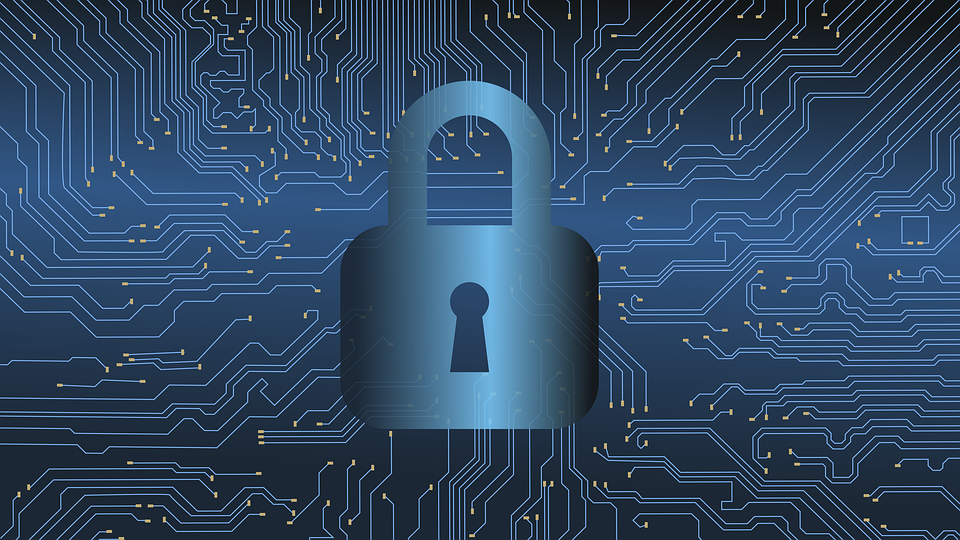Web 3.0 and Cybersecurity: Mitigating Risks for Small Business Owners

Small business owners have long been targeted by cybercriminals, and the risks associated with the growing use of Web 3.0 technologies have only made the situation more challenging. As we move towards a decentralized and more connected online ecosystem, it is crucial for small business owners to understand the risks they face and take steps to mitigate them.
This article will explore the concept of Web 3.0 and the cybersecurity risks it poses to small business owners. We will also discuss some best practices for mitigating those risks and protecting your business.
Contents
What is Web 3.0?
Web 3.0, also known as the “Semantic Web,” is the next evolution of the internet. It promises to be a more intelligent and connected version of the current internet, where data is more accessible and can be easily shared and analyzed. Web 3.0 technologies include blockchain, artificial intelligence, and the Internet of Things (IoT), among others.
Cybersecurity Risks Associated with Web 3.0
As with any new technology, Web 3.0 brings with it new cybersecurity risks. Some of the risks associated with Web 3.0 technologies include:
Decentralization
Web 3.0 is characterized by its decentralized nature, which means that data and services are distributed across many nodes rather than being centralized in one location. While this can provide greater security and resilience, it also means that there are more potential entry points for cybercriminals.
Smart Contracts
Smart contracts are self-executing contracts that are written in code and are stored on the blockchain. While they have the potential to automate and streamline many business processes, they also create new cybersecurity risks. If a smart contract is not written correctly, it can be vulnerable to hacking and manipulation.
IoT Devices
The Internet of Things (IoT) refers to the network of devices that are connected to the internet and can communicate with each other. This includes everything from smartphones and laptops to smart home devices and industrial sensors. While IoT devices can provide many benefits, they also create new cybersecurity risks. Many IoT devices are not designed with security in mind, which can make them vulnerable to attack.
Malware and Phishing Attacks
These are two of the most common cybersecurity risks associated with Web 3.0 technologies. Malware is malicious software that is designed to damage, disrupt, or gain unauthorized access to a computer system.
Phishing is a type of cyber attack where cybercriminals use social engineering techniques to trick users into divulging sensitive information such as usernames, passwords, and credit card numbers. With the use of machine learning and artificial intelligence, cybercriminals can create more sophisticated and targeted malware and phishing attacks that are harder to detect.
IoT Security Risks
The IoT devices that power Web 3.0 technologies are often poorly secured, making them vulnerable to attacks. Hackers can exploit these vulnerabilities to gain access to sensitive data or even take control of devices.
Data Privacy Risks
Web 3.0 applications collect large amounts of user data to provide personalized experiences. This data can be a goldmine for cybercriminals, and if not properly secured, it can be stolen or used for malicious purposes.
Best Practices for Mitigating Web 3.0 Cybersecurity Risks
To protect your small business from the cybersecurity risks associated with Web 3.0, it is essential to implement best practices for cybersecurity. Here are some tips to help you get started:
Conduct Regular Risk Assessments
Regular risk assessments are an essential component of any cybersecurity strategy. They help you identify potential vulnerabilities and weaknesses in your systems and processes, so you can take steps to address them before they can be exploited by cybercriminals.
Implement Strong Password Policies
Passwords are one of the most vulnerable points in any cybersecurity system. To protect your business, it is essential to implement strong password policies that require employees to use complex passwords and change them regularly.
Use Multi-Factor Authentication
Multi-factor authentication adds an extra layer of security to your systems by requiring users to provide multiple forms of identification to access sensitive information. This can include something they know (like a password) and something they have (like a token or smartphone).
Encrypt Data
Encrypting data is an effective way to protect it from unauthorized access. By encrypting sensitive data, you can ensure that even if it is stolen or compromised, it will be unreadable to anyone without the decryption key.
Stay Up-to-Date with Patches and Updates
Software patches and updates are released to address vulnerabilities and improve security. To protect your business, it is essential to stay up-to-date with these patches and updates and apply them as soon as they become available.
Educate Employees
Employee training is one of the most effective ways to prevent cyber attacks. Small business owners should invest in cybersecurity training to ensure that employees are aware of the risks and understand how to protect sensitive data.
Implement Robust Cybersecurity Measures
Small business owners should implement robust cybersecurity measures, such as firewalls, anti-virus software, and intrusion detection systems, to protect their networks and devices from cyber attacks.
Secure IoT Devices
For protection against malware and phishing attacks, small business owners must also secure their IoT devices to prevent them from being compromised by cybercriminals. This can be achieved by ensuring that all devices are up to date with the latest security patches and firmware updates. It is also important to change the default login credentials and passwords for all IoT devices, and to use strong, unique passwords that are difficult to guess.
Finally, small business owners should segment their networks to prevent unauthorized access to IoT devices and other sensitive data. By taking these steps, small business owners can ensure that their IoT devices are secure and that they are protected from cyber attacks.
Encrypt Sensitive Data
Small business owners should encrypt sensitive data to prevent it from being stolen or used for malicious purposes. Encryption ensures that even if data is stolen, it cannot be read without the encryption key.
Stay Informed
Small business owners should stay informed about emerging cybersecurity threats and implement best practices for cybersecurity. This can include subscribing to cybersecurity newsletters, attending industry events, and following cybersecurity experts on social medi
Conclusion
In conclusion, the use of Web 3.0 technologies presents both opportunities and challenges for small business owners. While it promises to revolutionize the way we do business, it also brings with it new cybersecurity risks that must be addressed. By implementing best practices for cybersecurity and staying informed , small business owners can protect their businesses. It is important to stay vigilant and adapt to the evolving cybersecurity landscape to ensure the long-term success and sustainability of your business.
